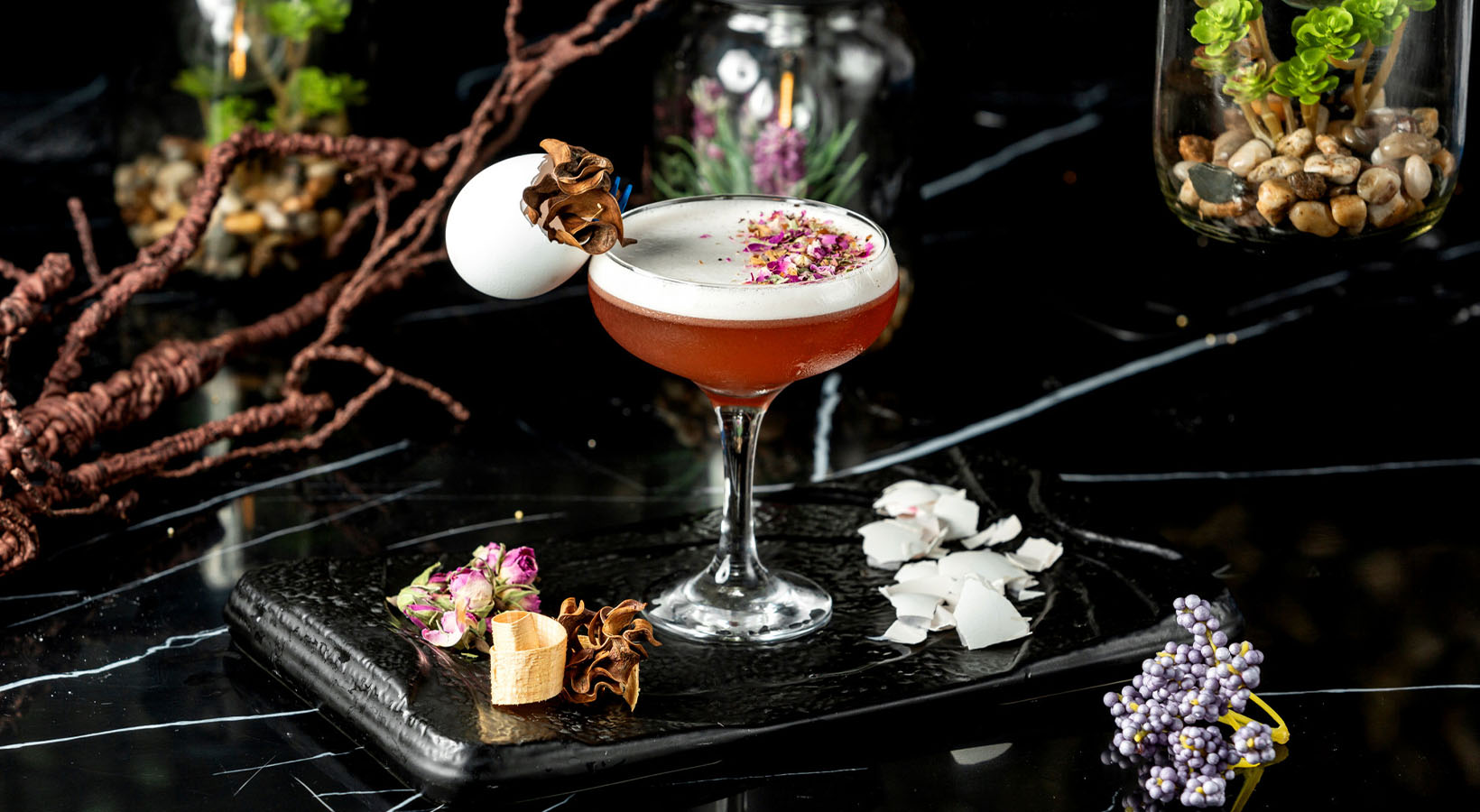
Here’s What You Need To Know About Serving Draft Cocktails
Draft cocktails have evolved from a passing trend, to an inevitable staple at trendy bars and popular restaurants across the UK. But what exactly is
Next Day Delivery
Draft cocktails have evolved from a passing trend, to an inevitable staple at trendy bars and popular restaurants across the UK. But what exactly is a draft cocktail and why do bar-goers find it so appealing?
Enthusiasm may be coming from the notion that because draft beer is better, the same must be true of cocktails! Like beer on tap, cocktails on tap make their way from a keg through a gas-powered tap line. For non-sparkling cocktails (like margaritas), liquid-insoluble nitrogen is needed to force the liquid through the line. Carbon dioxide is used for sparkling cocktails like Aperol spritzes.
But, as we’re sure you can imagine, it’s not as easy as taking a simple cocktail recipe from behind the bar, multiplying the ingredients, and throwing it all in a keg. A tiny mistake in the recipe can have huge effects; perishable ingredients like fruit juice can turn the whole operation into a fermented disaster, and citrus and sugar can corrode the taps. In other words, a bad draft cocktail is bad!
So how does a bar or restaurant owner get into pre-batched, readily available tap cocktails — the kind that will save your bartenders time during a busy rush, whilst offering something different and fun without sacrificing quality? We’re going to explore the top tips and tricks for anyone looking to add these to their repertoire.
Draft cocktails can save your bartenders an incredible amount of time, providing a perfectly mixed drink in seconds rather than minutes. And time is money when it comes to business! There’s also minimal training; rather than having to teach new hires your bar’s signature cocktails, the chances are if they can pour a beer, they can pour a cocktail!
Have you ever been to a bar and ordered a Mojito, the first one came out perfect so you order another but the quantities are off, they’ve not mixed it as well and it’s a different type of rum because they ran out of the first kind? Well cocktails on tap are also much more consistent than the traditional method, allowing you to serve each cocktail the exact same as the last, with the same delicious flavour and balance as the customer who came before them. This consistency is regardless of who’s behind the bar that night, or who trained them – they’re all the same!
And finally, perhaps the most important when you’re running a bar or restaurant; profitability. Draft cocktails deliver increased profit margins due to the ability to serve them quicker and serve more customers!
If you’re thinking of setting up a cocktail tap in your bar the process is very simple. Kegs of cocktails will be delivered straight to your bar (next day if you choose to order from The Sparkling Wine Co!) ready to serve straight to your patrons.
The liquid will be delivered flat, with CO2 or Nitrogen mixed inside the tap when the cocktail is poured. Interestingly, cocktails that use either CO2 and Nitrogen can be served at the same time from most taps!
Draft cocktails aren’t aerated in the way a shaken or whipped cocktail would be, so it’s time to eliminate margaritas or sours. We’ve found what works best are long drinks; mules, fizzes, and collinses.
It’s all about temperature (which we’ll get to in a minute). Cocktails on tap are typically shaken to chill around 0 degrees, but once topped up, poured over ice, with added soda/mixer that’s around 2 degrees, which gives us an average temperature of 1 degrees celsius. This is the temperature a cold fridge is kept at, so these tap cocktails can be carbonated, held at the right temperature, and behave like a long drink made fresh!
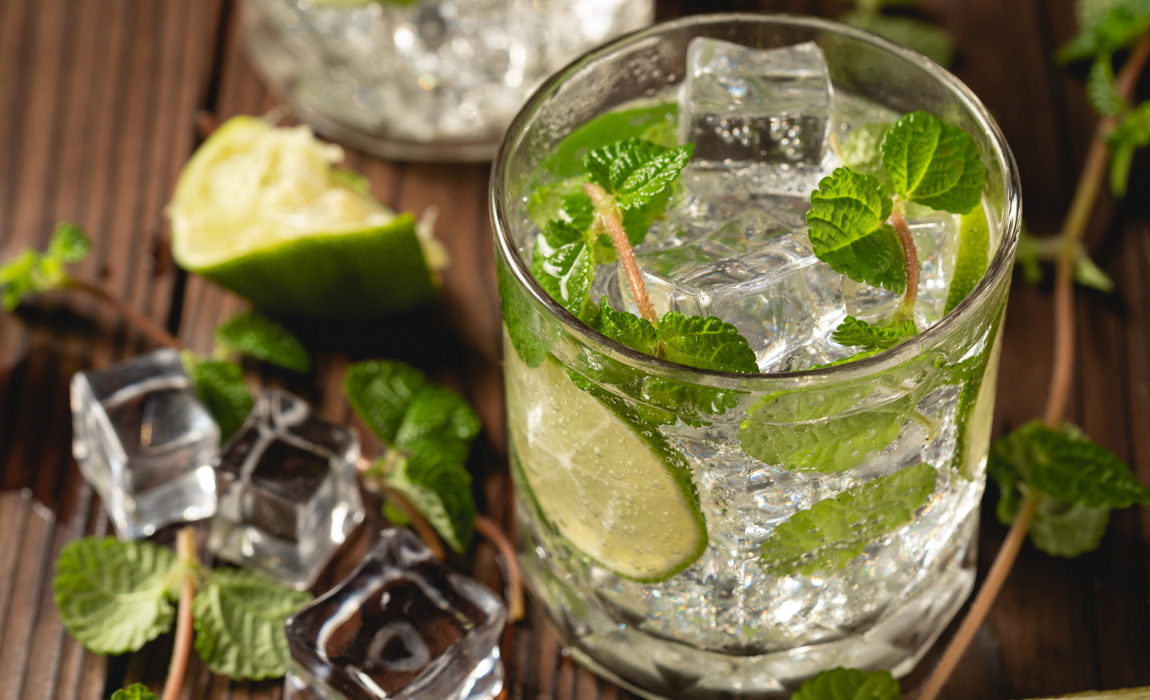
It can be quite a precise and scientific art you’re dealing with when dealing with draft cocktails. Most importantly, temperature and dilution are absolutely crucial. The cocktails you can serve on draft are essentially limited due to the fact that they’re typically stored at about 1 degrees.
This immediately eliminates a well-made stirred up cocktail, like a Manhattan or a Martini, as these are typically served at a lower temperature following stirring. To add to this problem, some places will pre-dilute the cocktail, which is detrimental to the product at this temperature, as it loosens the flavours and the alcohol.
Negronis are perfect for this sort of preparation as they’re made with room-temperature spirits and fridge-temperature vermouth. Ice is added, a few stirs and some garnish and it’s ready to go. Cocktails can be kept like this at room or fridge temp and no guest would know the difference!
At Harvard & Stone, they serve a draft grapefruit tequila mule, with a Makrut lime distillate that replicates a juice through the use of acids, eliminating the need for clarification in a centrifuge.
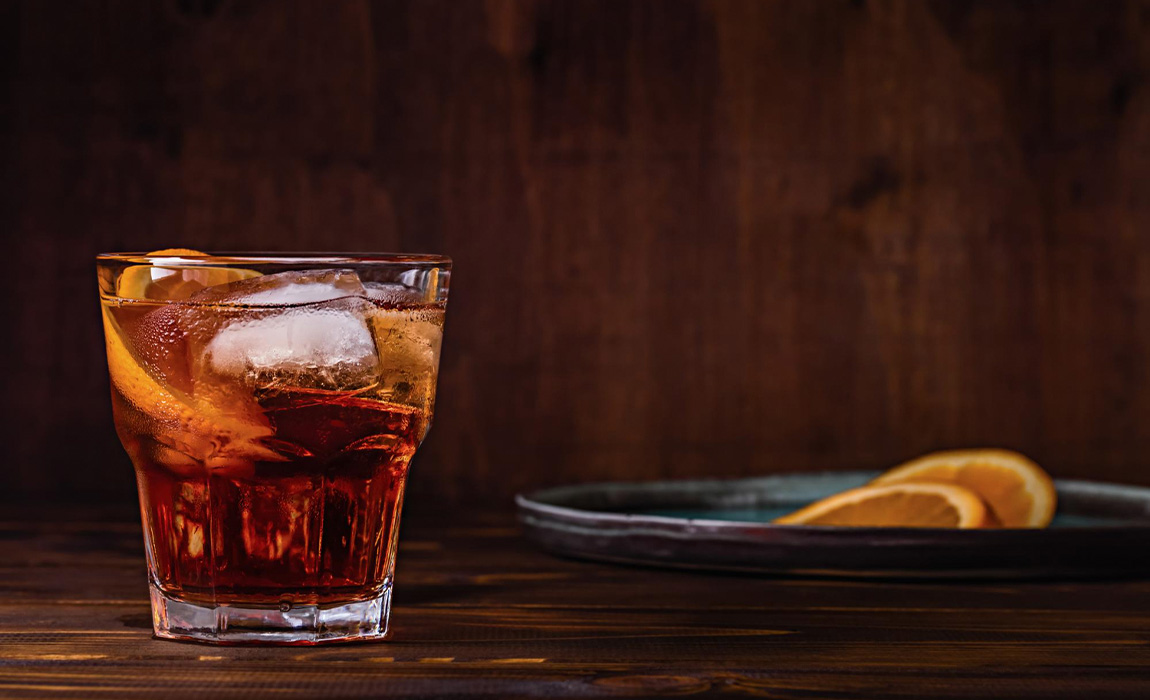
A traditional cocktail dispenser is set up similarly to any other fixed tap you’d come across.
The font would be placed on the bar or a setup as a craft tap on the wall. The fixed tap is connected to a separate cooler, valves, gauges, pressure and the keg of cocktail by a professional engineer. These taps can be connected to existing dispense infrastructure.
A great draft cocktail will bring something completely new and unexpected to your cocktail offering. A good one will pass as freshly made, a bad one is usually some kind of syrupy, sludgy concoction! So if you’re looking to serve the only highest quality, tastiest draft cocktails at your establishment, take a look at our cocktails on tap or peruse our on tap wines!
Share Post:

Draft cocktails have evolved from a passing trend, to an inevitable staple at trendy bars and popular restaurants across the UK. But what exactly is
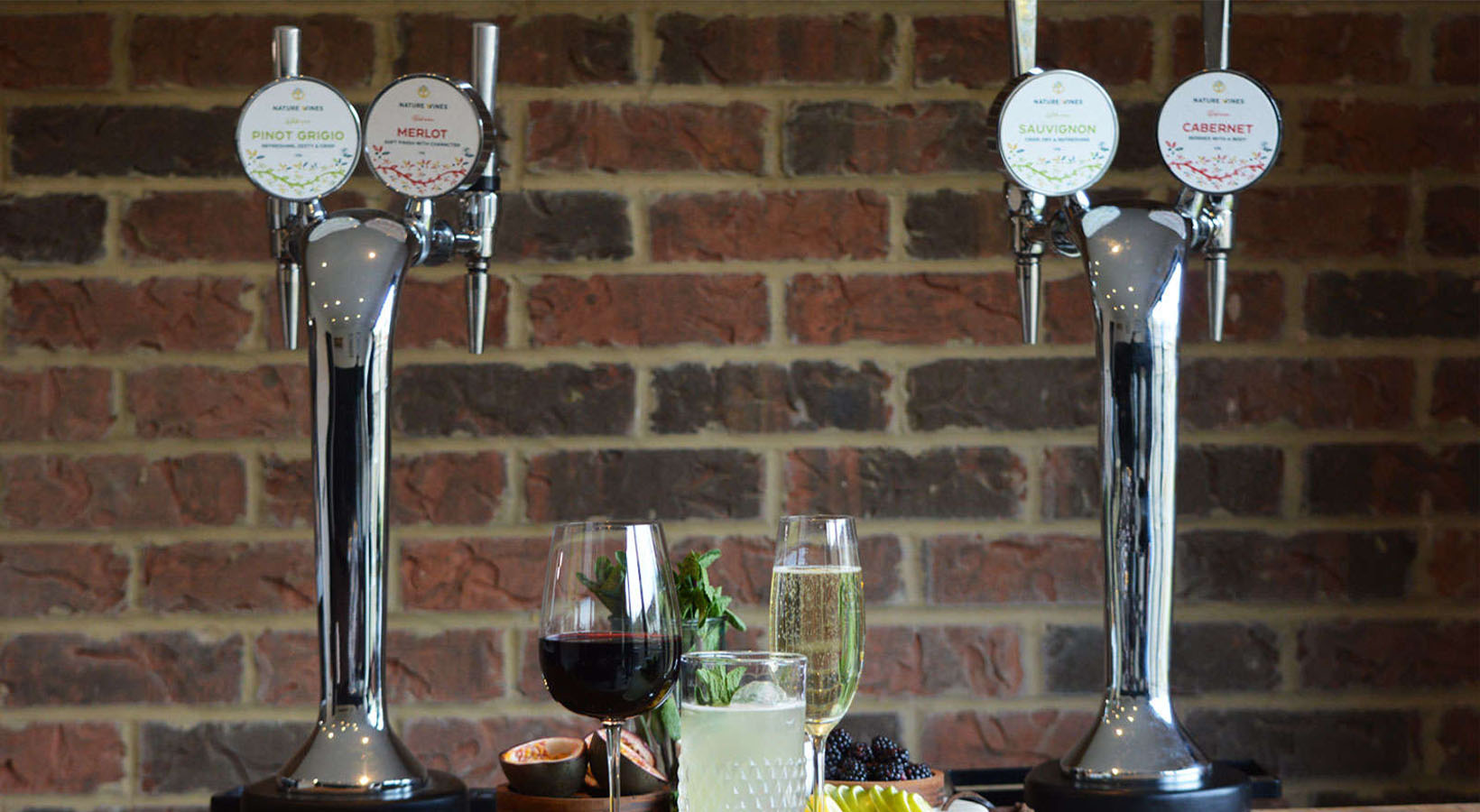
Wine on tap is growing in popularity for its practicality and value. Managing operations within a restaurant environment may feel like juggling one hundred things
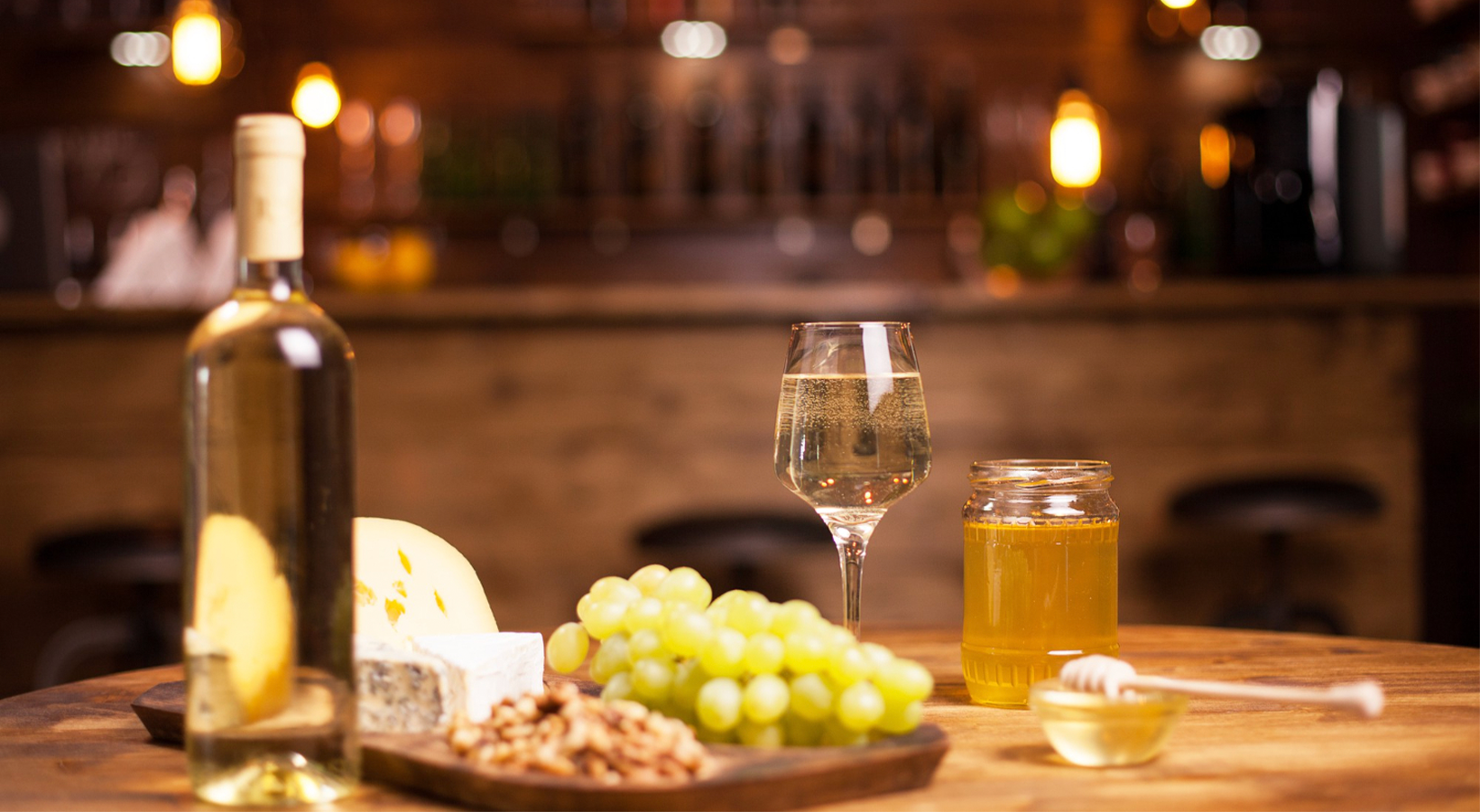
Most guides for pairing food and wine are overly strict. Truthfully, you can eat whatever you want while drinking whichever wine you choose. There are
© All Rights Reserved
Approved Alcohol Supplier – AWRS No: XWAW00000103629
VAT No: GB 113 272 944
Co Reg: 07645413
Registered Office: 75 The Mall, Swindon, Wiltshire, SN1 4JE
Approved Alcohol Supplier – AWRS No: XWAW00000103629
VAT No: GB 113 272 944
Co Reg: 07645413
Registered Office: 75 The Mall, Swindon, Wiltshire, SN1 4JE
Send us your details for a free sample